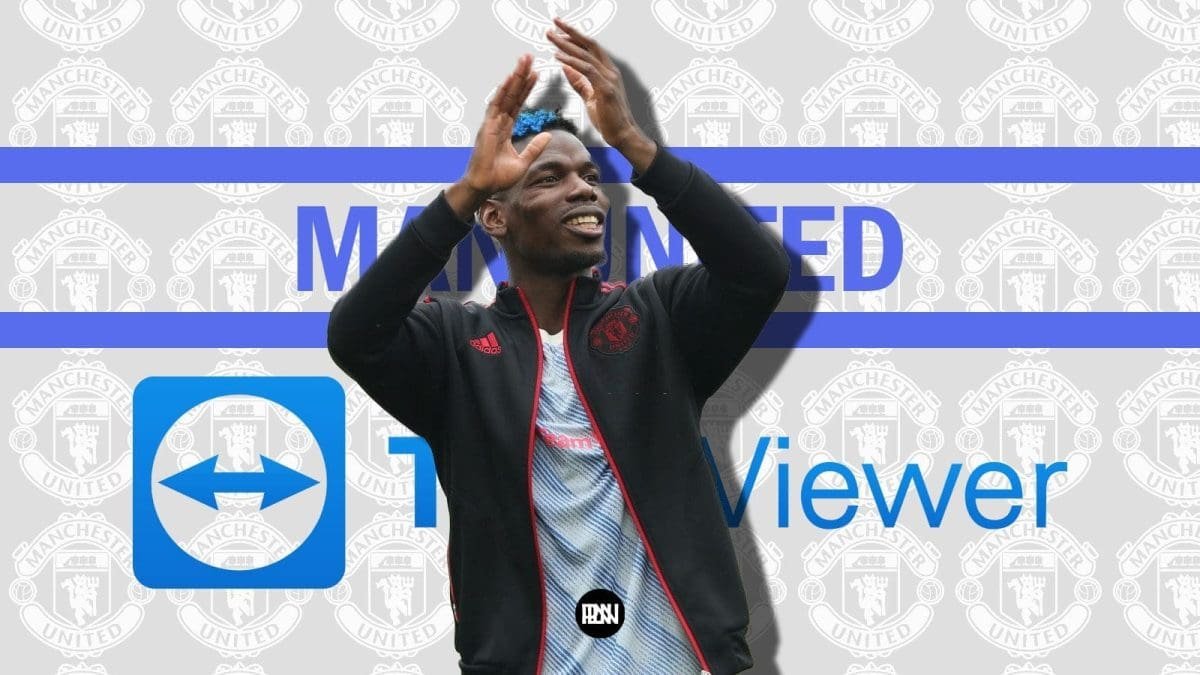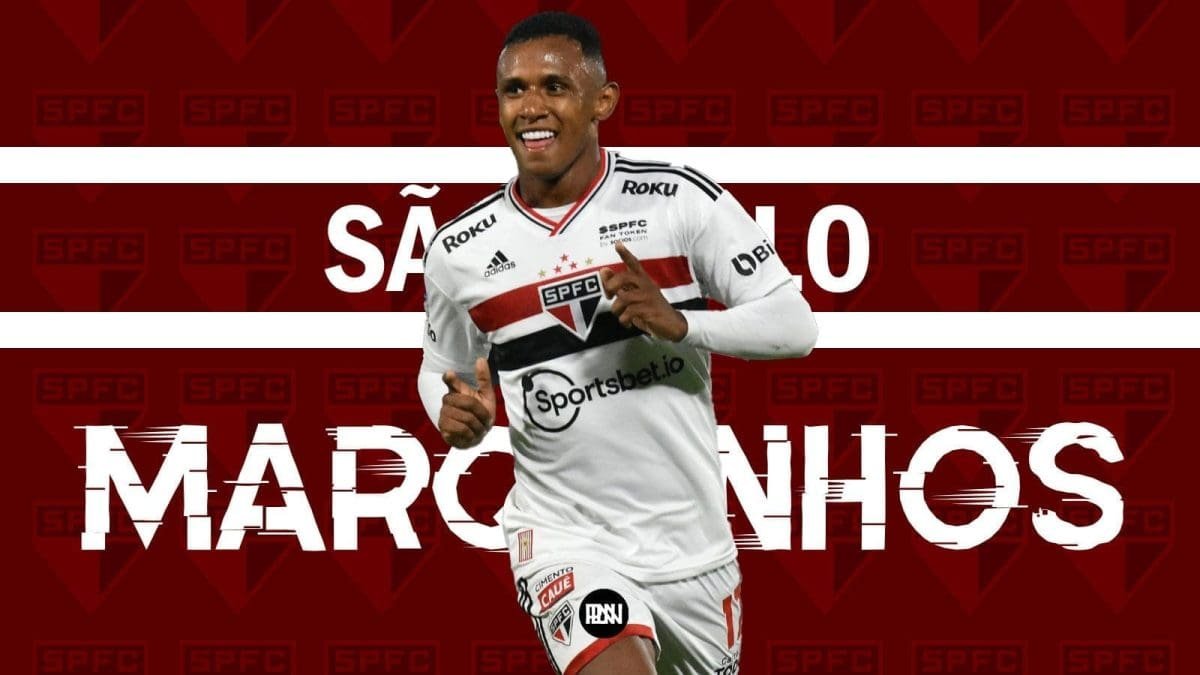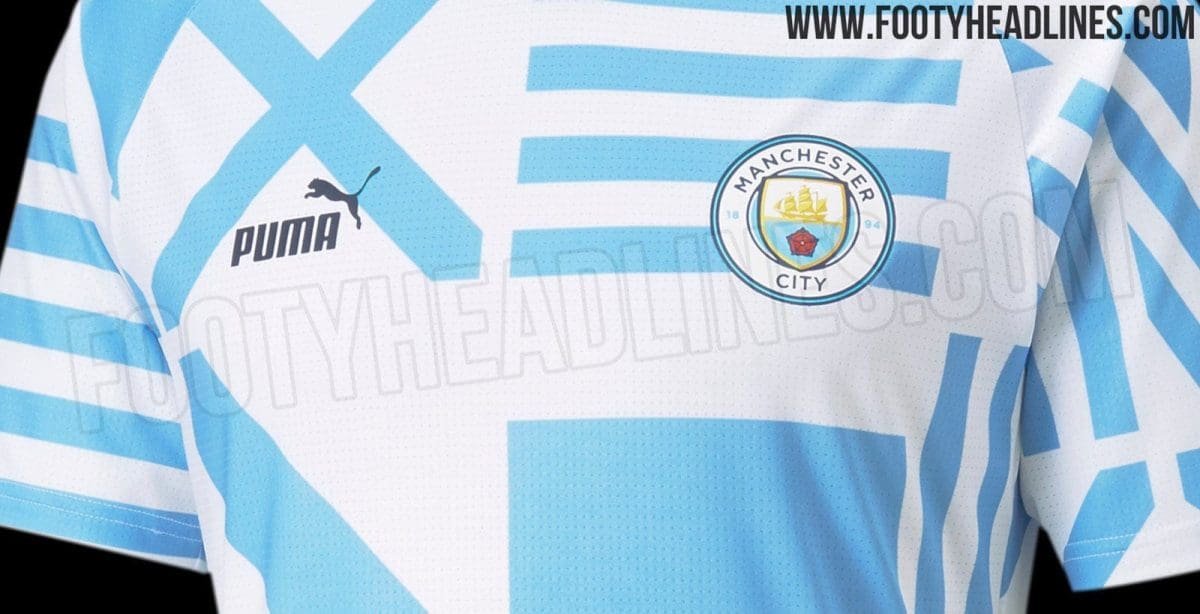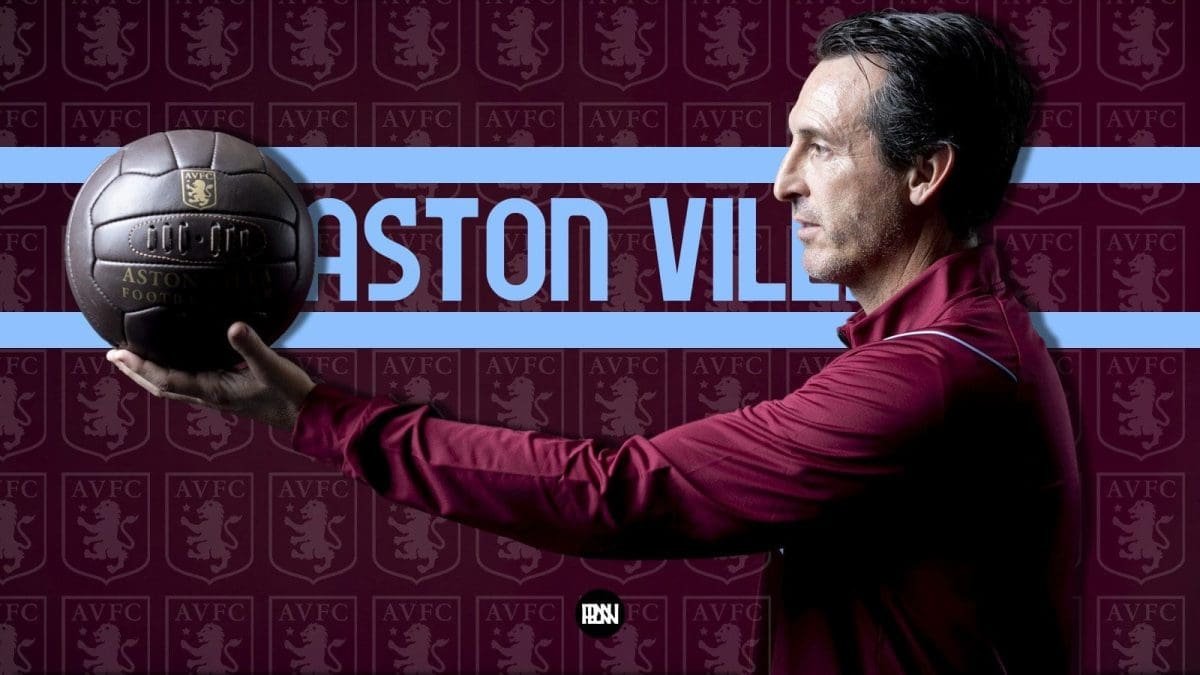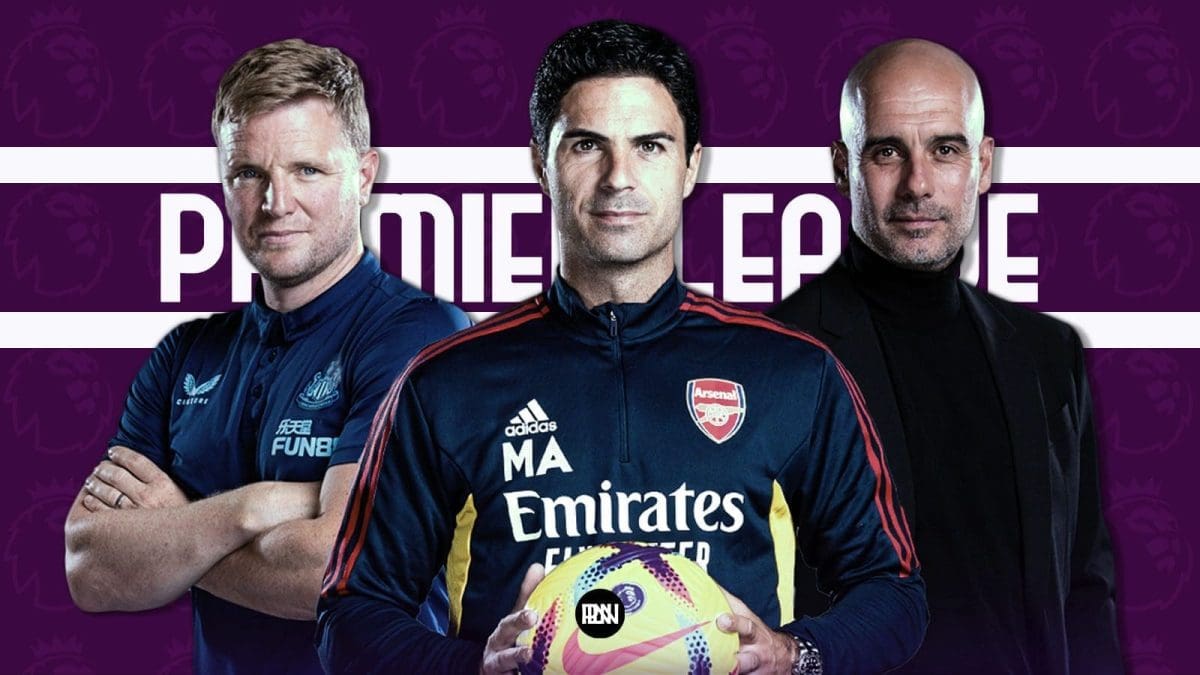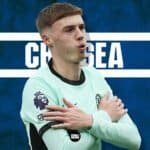Manchester United’s star midfielder – Paul Pogba is set to leave The Theatre of Dreams for free at the end of this season.
The World Cup winner with France was re-signed from Juventus in August 2016 for the then British record fee. Since then the Frenchman has had flirtatious relationships with the media and the fans and is rumoured to exit from his boyhood club for the 2nd time in his career. Despite being a world-class talent, Paul Pogba has rarely shown his class in Man United colours? Why? Is it just the lethargy to drop average performances? Or a misfit in Manchester United’s style of play?
Born in Turin
Paul Pogba’s homecoming in 2016 was coupled with a sack of expectations. He moved to Juventus in 2012 due to a lack of gametime under Sir Alex Ferguson for free. It was at Juventus where he showed his true class. In his first game for the Turin Giants, a pre-season friendly, Pogba came on as a 2nd half substitute for Andrea Pirlo.
In his first season itself, the midfielder was widely praised for his on-field performances from all across Italy. Several Italian media outlets, viz, la Repubblica, Il Messaggero and La Gazzetta dello Sport were in all praise for the young midfielder. At the start of the next season, Pogba was judged to be the man of the match in the final of the 2013 Italian Supercoppa. He was awarded the 2013 Golden Boy award, which is granted by sports journalists to the player under the age of 21 who has been the most impressive during the year.
The 20-year-old midfielder was a member of the Old Lady team that won the scudetto last season, as well as the French team that won the U-20 World Cup. Pogba was named to the ten-man shortlist for the 2015 UEFA Best Player in Europe Award on July 15, 2015.
Following Carlos Tevez’s departure, he was given the coveted number-10 shirt for the 2015–16 season, which had previously been worn by Alessandro Del Piero, Roberto Baggio, and Michel Platini. Pogba was nominated for the 2015 UEFA Team of the Year on November 24 and was appointed to the team on January 8, 2016. He was named to the 2015 FIFA FIFPro World XI three days later.
Pogba excelled in his team’s new creative position, which gave him more time on the ball, and played a key role in helping Juventus win the league title, scoring a joint personal best of 8 goals in Serie A, while also finishing the league season as the league’s top assist provider, with a personal record of 12 assists.
Which position suits him the best
Even now, some six years after his second United debut, those in the Old Trafford dugout, past and present, are at a loss to answer. Pogba has played in a lot of different positions all throughout his United career. Primarily deployed as one of the double pivots right in front of the defence as a defensive midfielder or on the left side of a 3 man midfield. The disagreement about his optimum position is emblematic of a larger problem: Pogba’s skills and shortcomings do not complement each other very well. Only looking at Pogba’s strengths reveals a generational player who can do it all, all over the field.
However, he has significant flaws that limit his effectiveness regardless of where he plays.
Pogba’s ability to play defence-splitting long balls is maximised when he plays deep, but his poor defensive abilities and proclivity to be caught in possession are exposed. The decision by Solskjaer to play Pogba as a deep-lying playmaker emphasises his long-passing and chance creation from deep while sacrificing a defensive body. United’s midfield control diminishes as a result of this choice, but it boosts their offensive threat.
Pogba’s great ability to drive balls over the top of the defence from deep is highly valuable, and he’s mobile enough to advance the ball by dribbling as well. However, watching Paul Pogba play there will always be frustrating because his defensive game can be so bad and he can expose his side to weakness by being caught in possession. Although United never seriously challenged for the title in 2020/21, Solskjaer benefited from Pogba’s most consistent season. He showed ability as both a commanding midfield presence and an attacking threat off the left flank. In the latter role, he had four assists in United’s 6-1 demolition of Leeds United on the first day of the season, and another in the ensuing 1-1 draw with Southampton.
When the somewhat haphazard capture of Cristiano Ronaldo was completed, the plan was shelved. To be sure, he’s a good addition, but he’s a player who rarely presses and rarely tracks back. Pogba was relegated to United’s revolving cast of players, never fully convincing with more defensive midfield duties, and was a despondent figure by the time Solskjaer was fired. His red card in October for a heinous challenge on Liverpool’s Naby Keita looked suspiciously like a player trying to find a way out of a humiliating 5-0 thumping.
How Antonio Conte unleashed the beast
When Antonio Conte was the head coach of Juventus in 2012, he signed Pogba as a 19-year-old from Manchester United and worked with him for the next two years. Pogba started 18 Serie A games in his first year under Conte, and 45 in all competitions in his second.
In the first season, Juventus won Serie A by 11 points; in the second, they broke the 100-point barrier and won by 17 points. Pogba rose to prominence. Under Conte, he would go on to become a significant player, starting 33 of 38 Serie A games for Juventus and contributing seven goals and seven assists. The fact that Juventus had a defined and consistent style and identity under Conte was perhaps essential for Pogba’s development. They not only had the midfield three and the overlapping full-backs Kwadwo Asamoah and Stephan Lichtsteiner, but they also possessed a second striker in Carlos Tevez who dropped back to collect the ball. Pirlo, who would be constantly man-marked, would dictate the tempo, while Pogba and Arturo Vidal would be given space to attack. Pogba’s positions shifted as Conte experimented with a 4-3-3 with Juventus.
There was even dispute about whether he should play as a mediano, centrale, regista, or mezzala; the latter being an Italian term for a fake winger and a midfielder who wanders out to the flanks.
Paul Pogba was able to flourish in the latter role under Conte since he was mostly used on the left side of the midfield three. But, regardless of Pogba’s role, he continued to draw attention under Conte. Pogba’s efficacy and ability to express himself freely were aided by playing alongside Pirlo, Vidal, Sami Khedira, and Claudio Marchisio. Conte, on the other hand, seemed to understand how to get the most out of him and use him in his most effective capacities.
Pogba’s heroics in the national colours
When the midfielder switches from United red to his country’s blue, he appears to turn into a superior player who walks across the field carefree. Pogba was named UEFA’s ‘Player of the Match’ in France’s 1-0 victory over Germany, making the critical cross-field pass that led to Mats Hummels’ game-winning own goal. The tactical setups are frequently the same.
Didier Deschamps used the identical 4-2-3-1 formation as Ole Gunnar Solskjaer in the bulk of United’s games against Portugal. The difference is that Pogba is paired with N’Golo Kante for France, a player who, with his tireless effort protecting the defence and a proven winner for club and country, could make your typical Sunday League duffer seem decent. Pogba understands that if he wants to carry the ball upfield or make a forward run to try and get into the penalty area, Kante will gladly and competently cover for him. One statistic says it all: Kante and Pogba have now played together 30 times in the French midfield. They have never lost a game under the 90-minute time limit. Pogba’s post-Euros partnership with Aurelien Tchouameni has highlighted the fact that he remains a magnificent player within a defined and settled team structure, such as the one he enjoyed at Juventus alongside Andrea Pirlo, Claudio Marchisio, and Arturo Vidal.
At Old Trafford, the likes of Scott Mctominay, Fred are nowhere close to the calibre of Kante. Nemanja Matic is the closest he could get to Kante but the 33-year-old had also left his old self back at Stamford Bridge and is set to leave The club this season as well.
What’s next for Paul Pogba?
The midfielder has been linked to a few clubs in the transfer window. Despite being offered to Manchester City, Pogba has reportedly refused to switch sides.
Juventus, who are itself in the process of rebuilding following a season of disappointment will surely look into this free transfer. Needless to say, Pogba has played the best football of his life in Turin and can hope for to continue from where he had left off. Although his wage demands could pose a problem but the departure of Paulo Dybala can make the move happen smoothly.
La Liga winners, Real Madrid is also a possible destination for the French man. The Spanish Giants are all set to sign Kylian Mbappe for free this summer and will be hoping to strengthen their midfield for the matter. The iconic duo of Modric and Kroos ain’t getting younger. The addition of Paul Pogba could be an intelligent move. The presence of a proper powerhouse defensive midfielder, Casemiro can help Carlo Ancelotti to unlock Pogba.
Paris Saint-Germain seems to be the dream destination for the United midfielder. With wages never being a problem, Naseer El-Khaleifi will be looking for superstars in his team this summer. Pogba could do wonders at PSG’s midfield alongside Veratti and Ander Herrera. Also with rumours of Zidane coming to coach PSG, we could get to see an iconic trio of Pogba-Messi-Zidane right at the heart of the French capital.


